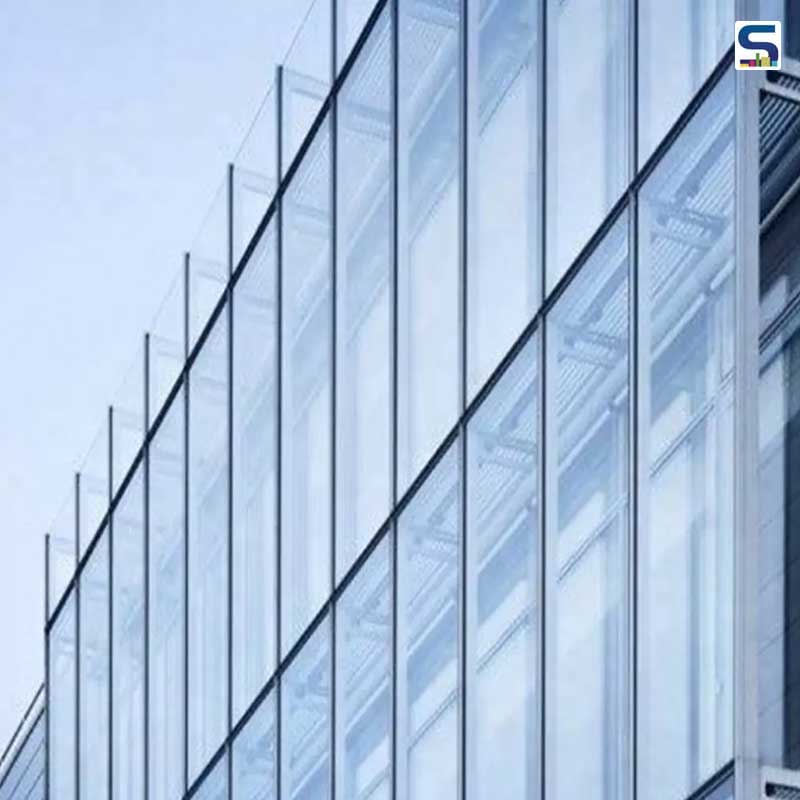
From commercial skyscrapers to their residential counterparts, there is always a possibility to glamorize these structuresby following any style. The one that is preferred the most these days is the glass façade. Apart from being a contemporary design technique, glass façades provide insulation from heat and sound. Additionally, bespoke cladding, complex geometrical shapes, and striking outlooks protection the building from winds and seismic conditions.
At the same time glass facades aren’t something absolutely new with glimpses of the same found in The Crystal Palace in Hyde Park. In fact, it was in Chicago during the 1880s that developers created the first generation of highly glazed office buildings. Take a look at all different kinds of glass facades on SURFACES REPORTER (SR):
Also Read: Worlds Second Tallest Building- Merdeka 118- in Malaysia Features Faceted Facade Composed of Triangular Glass Planes | Fender Katsalidis
Curtain Wall
Curtain walls don’t bear any load and look like curtains attached to the building floor of the building where the façade has been incorporated. There is a connection between the curtain wall and the column and floor of the building that transfers the weight of the wind from the façade. Apart from being aesthetically pleasing, these facades resist theinfiltration of wind and water. It also provides resistance to seismic forces and high temperature.You can customise them according to what the building needsor what the client needs.
Storefront Wall
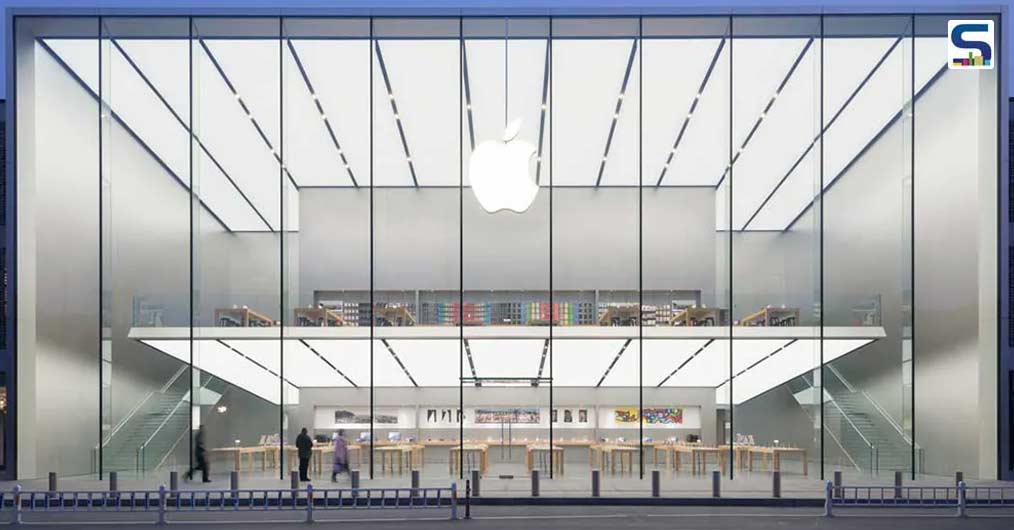
This one also doesn’t bear any load and is best suited for the ground floor of a building. Spanning between the building ground and roof above it, the façade provides optimal insulation from heat and sound insulation. It isn’t very expensiveand you cancustomise according to what your client needs.
Unitized System
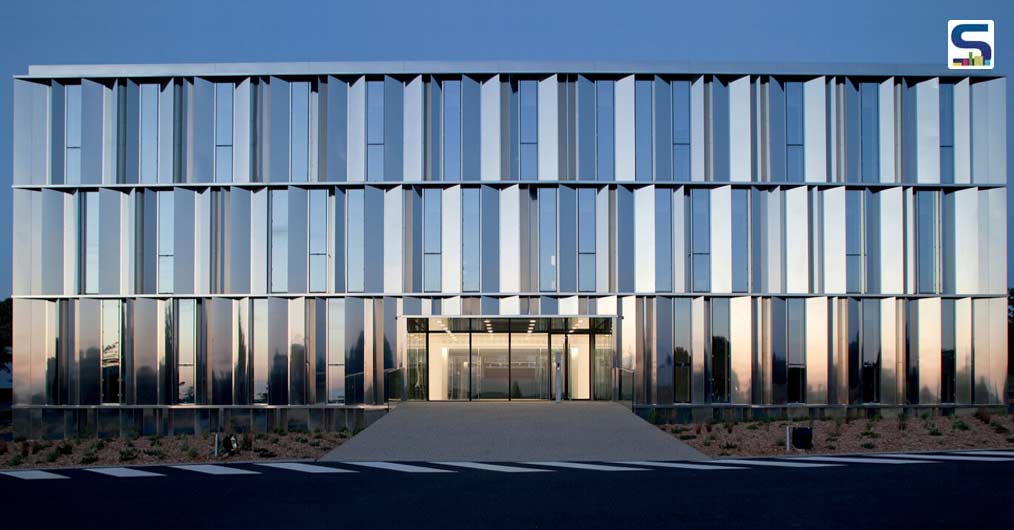
These facades are made in factories and carried to the installation site. In other words, there isn’t much effort required for the installation of these facades in the building. They can be set up on multiple floors if it’s a tall building. You can install vents and windows using these facades. As a result of being manufactured completely in the factory, it is easy incorporate air and moisture resistance in the façade.
Semi-Unitized Systems
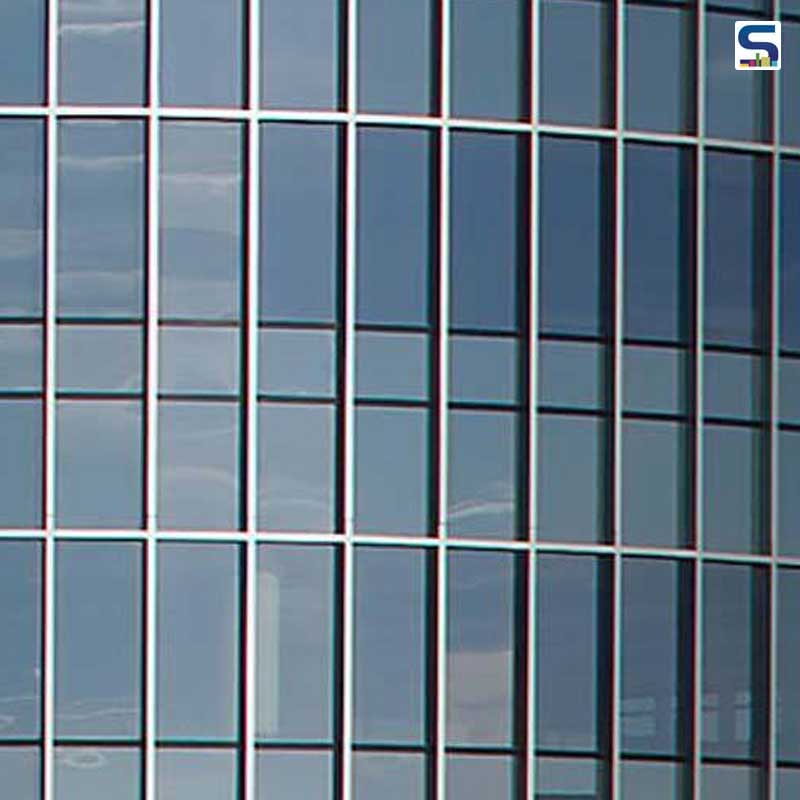
As the name suggests, these facades incorporate stick systems as well as unitized systems. These facades are mostly encased in metal cassettes and are in-filled at the factory. They are then carried to the construction site to be assembled with other cassettes.Metal cases are bonded with one another using gaskets, to make assembly and installation safe and fast. These facades also require structural silicone for the installation process.
Now let’s take a look at some of the most famous buildings that have incorporated this design technique
30 St Mary Axe (London, UK)
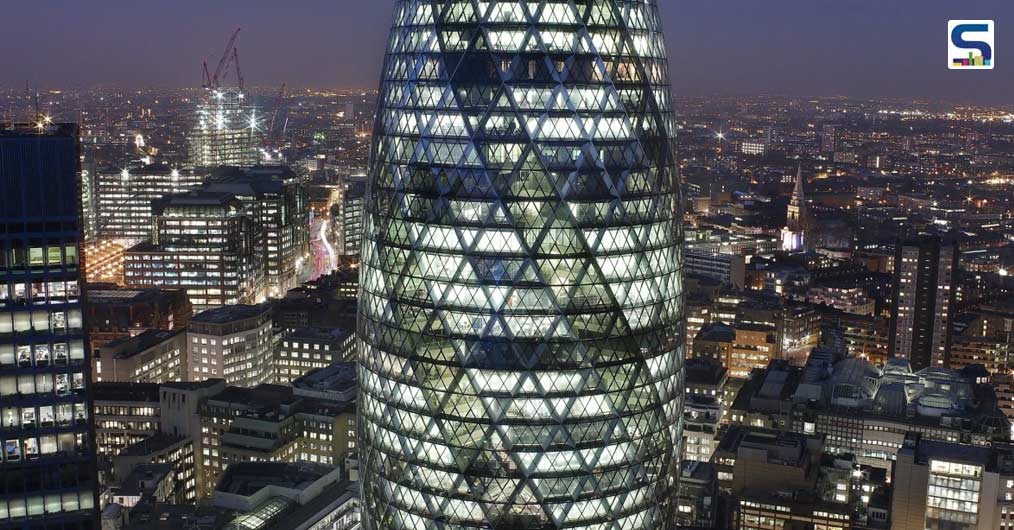
This one is a rather distinctive composite of office towers in London scaling up to 600ft. Thereare six spiralling light wellsthat disseminate daylight across 41 floors making it look all the more gorgeous. The curved design has a diagonal steel structure. Due to its fascinating appearance, this building has been awarded the Royal Institute of British Architects (RIBA) Stirling Prize in 2004, despite being only London’s tenth tallest structure.Additionally, it doesn’t appear as bulky as buildings of a similarsize.
Basque Health Department Headquarters (Bilbao, Spain)
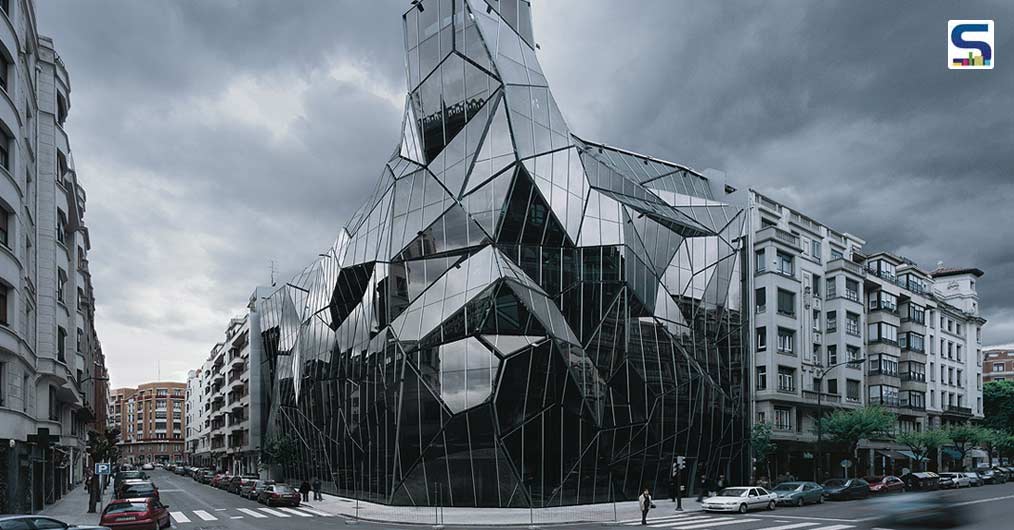
This one’s absolutely stunning and stands out from the rest for a reason. The design of the facade produces multiple visual directions.This was done to bring the staff in one spot that is recognisable and mesmerizing. If you look up images of the building, you will probably think that it’s an art gallery and not theBasque Health Department headquarters.
The Louvre Pyramid (Paris, France)
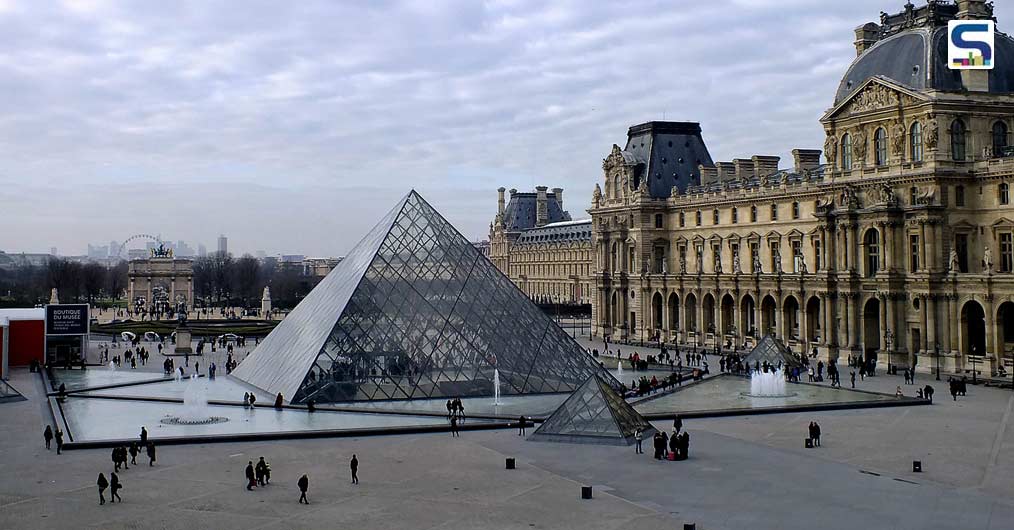
This entrance to the Louvre Museum was finished in 1989 and is now one of the most visited landmarks of Paris. When it was opened up, there was criticism of the pyramid design. Due to its futuristic appearance, some people felt that it’s not compatible with the Louvre Museum architecture. Today however, that blending of old and new is what sets this creation apart from others.
Reichstag Dome (Berlin, Germany)
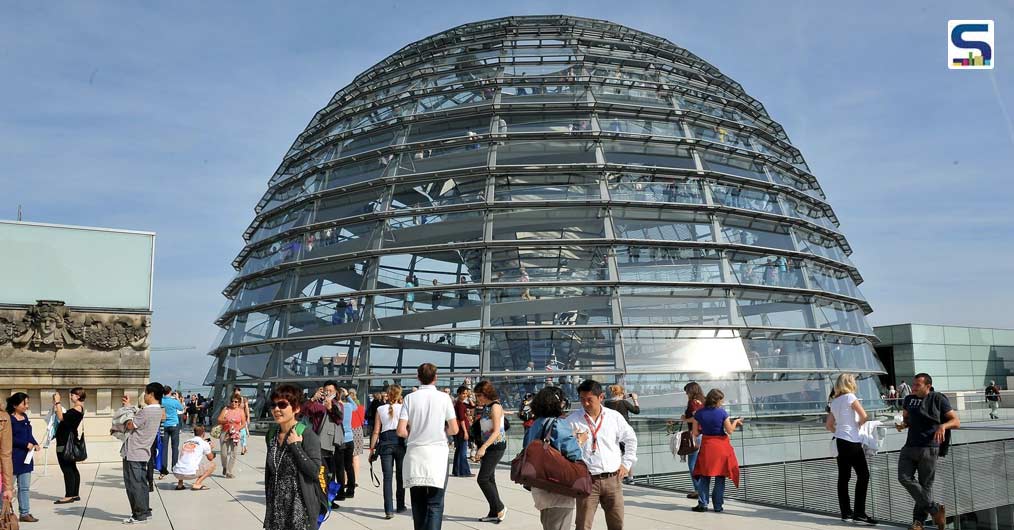
When you’re inside the Reichstag Dome, you can get a fascinating360-degree view of Berlin around you. Designed by Norman Foster, this creation stands as a symbol of the reunification of Germany. The infamous Reichstag fire had destroyed the original dome.However, the new dome was a cherry on top of the reconstructed Reichstag building.
The Great Glass House (Carmarthenshire, Wales)
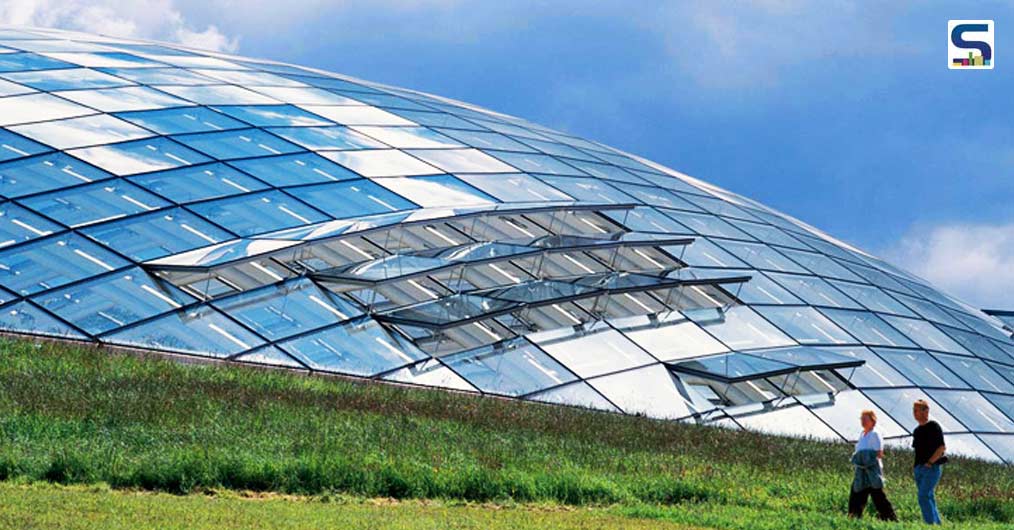
This one’s a single span glasshouse also designed by Norman Foster. It’s located on the Welsh landscape and appears as a huge water droplet. It is tilted by seven degrees that attracts maximum sunlight. It is also orientated towards the south, with 147 vents controlled by computer to regulate airflow that can be fully controlled.
Kanagawa Institute of Technology Workshop (Kanagawa Prefecture, Japan)
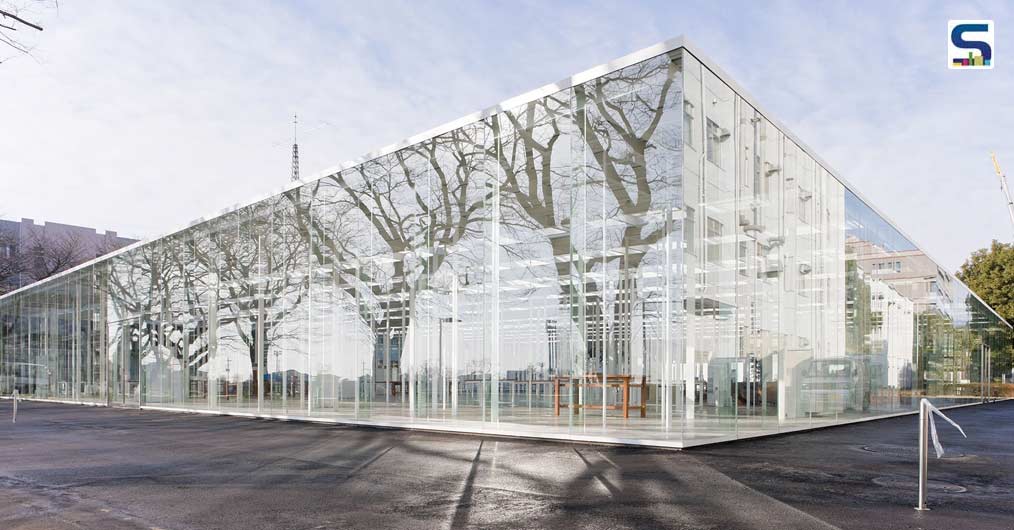
Despite not being as famous as the rest in the list so far,this one is by far the most transparent of the lot. The purpose of the design was to allow optimal lighting condition for students to study.The workplace has an environmental appeal to it due to the connection between people and the outside world.
Source: All images are randomly picked from google
Keep reading SURFACES REPORTER for more such articles and stories.
Join us in SOCIAL MEDIA to stay updated
SR FACEBOOK | SR LINKEDIN | SR INSTAGRAM | SR YOUTUBE
Further, Subscribe to our magazine | Sign Up for the FREE Surfaces Reporter Magazine Newsletter
Also, check out Surfaces Reporter’s encouraging, exciting and educational WEBINARS here.
You may also like to read about:
Glass Façade That Romances With Light | BLUE CRYSTAL, Anand | KPA Design Studio | SR Facades
Copper-Hued Aluminium and Glass Striped Facade Wraps The “Hospital of the Future” Designed by Foster + Partners For University of Pennsylvania
and more...